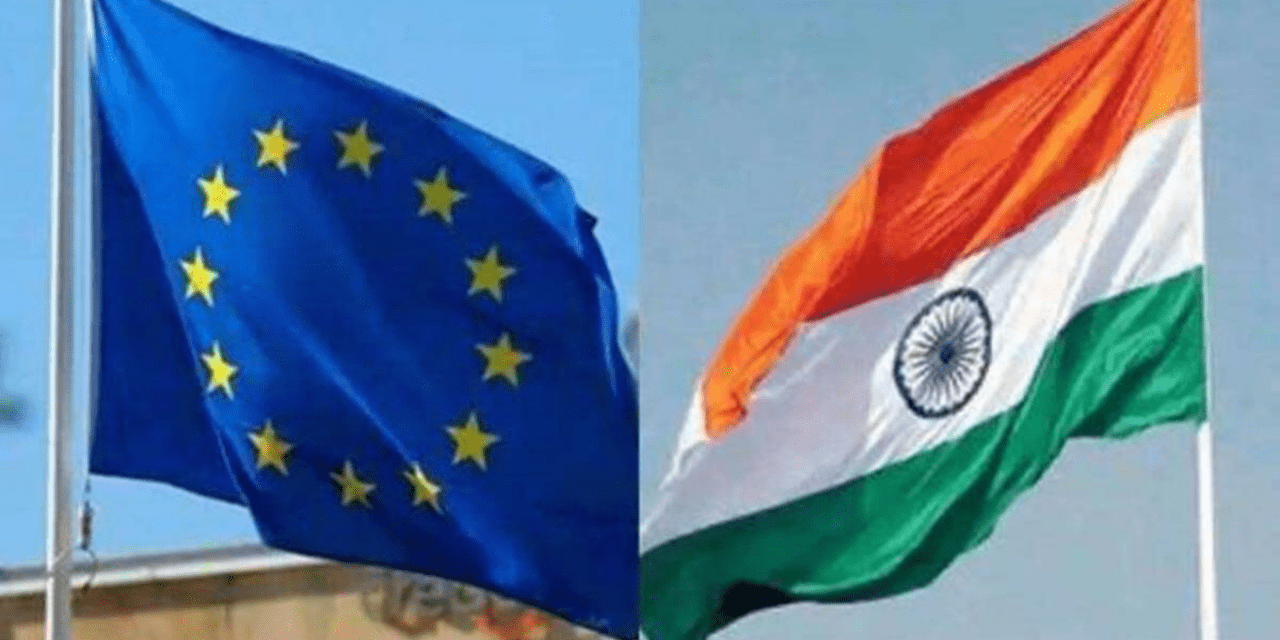According to a formal statement released on Tuesday, India and the European Union (EU) have agreed to quicken the ongoing free trade agreement negotiations by reaching consensus on all matters. The topic was raised during a meeting in Brussels between Piyush Goyal, the minister of commerce and industry, the executive vice-president of the European Commission, and Valdis Dombrovskis, the commissioner of the European Union for trade.
They connected during the first Ministerial gathering of the Trade and Technology Council (TTC) between India and the European Union. Additionally, senior officials from both sides were present during the meeting.
They stressed the necessity of advancing the ongoing FTA negotiations by reaching agreement on all topics after taking into account mutual sensitivities, including those relating to market access, in order to produce fair and worthwhile results. would benefit both sides’ economies and employment, according to the commerce ministry.
According to the statement, both parties reaffirmed their commitment to collaborating on matters related to the dispute settlement process, subsidies for agriculture and fisheries, e-commerce moratoria, and domestic law that are all agreed priority for WTO (World Trade Organisation) reforms.
It continued that both parties understood the importance of building on their shared objectives in order to pursue solutions based on agreement that would help the lives and food security of millions of people in India as well as in a sizable portion of the developing world.
Along with that, Goyal and Dombrovskis co-chaired a meeting of the Working Group 3-stakeholders. Participants in the conference included representatives from the EU and India. Group 3’s primary objectives are trade, investment, and resilient supply networks.
Representatives from important European business associations like Business Europe, Digital Europe, Food Drinks Europe, and Copa-Cogeca were present on the EU side.
The delegation of Indian business leaders that attended the meeting in person included representatives from the chemical, metals, textile, digital infrastructure, steel, and agri-food industries. Other sectors including the maritime and logistics industries were represented virtually.

